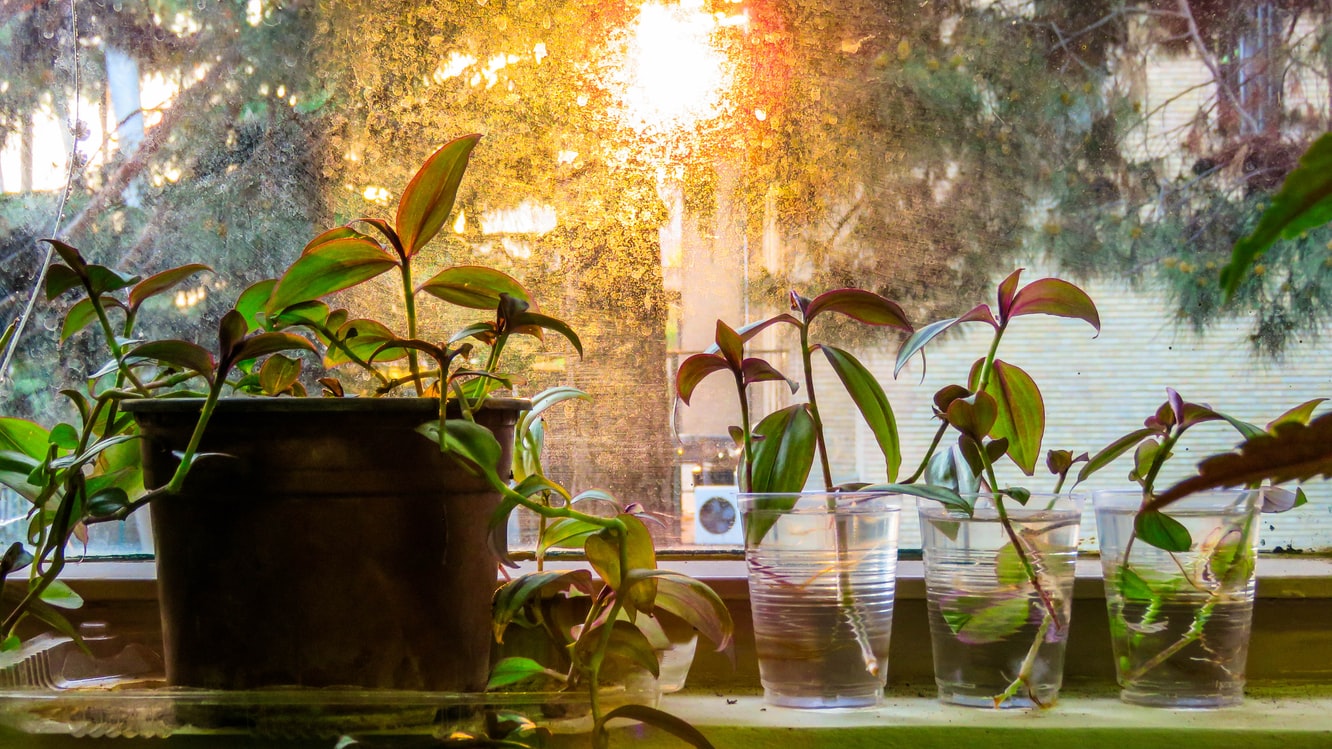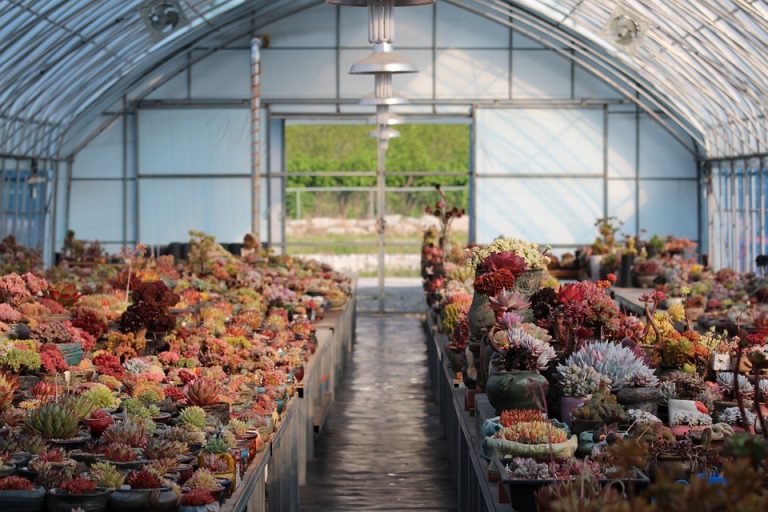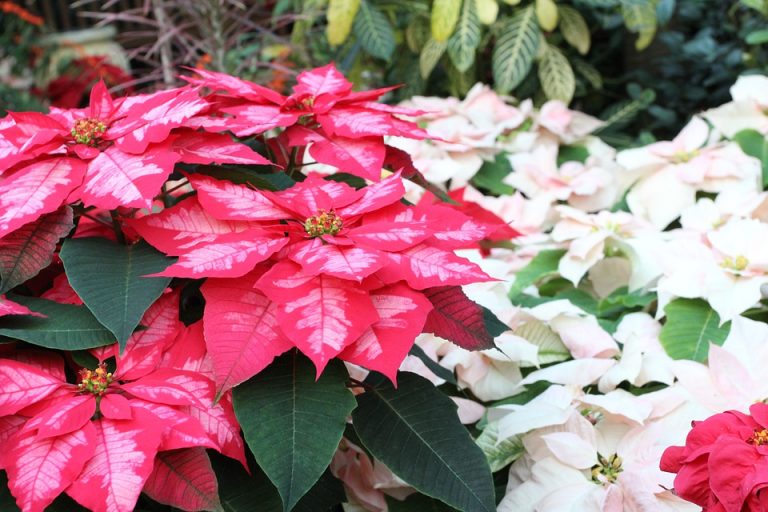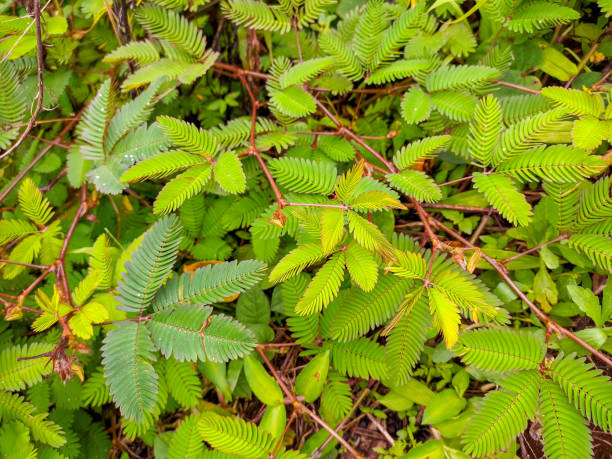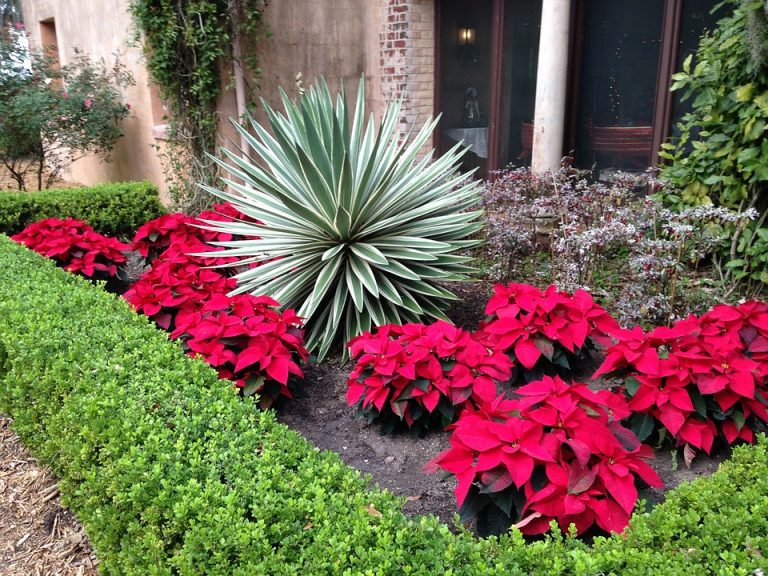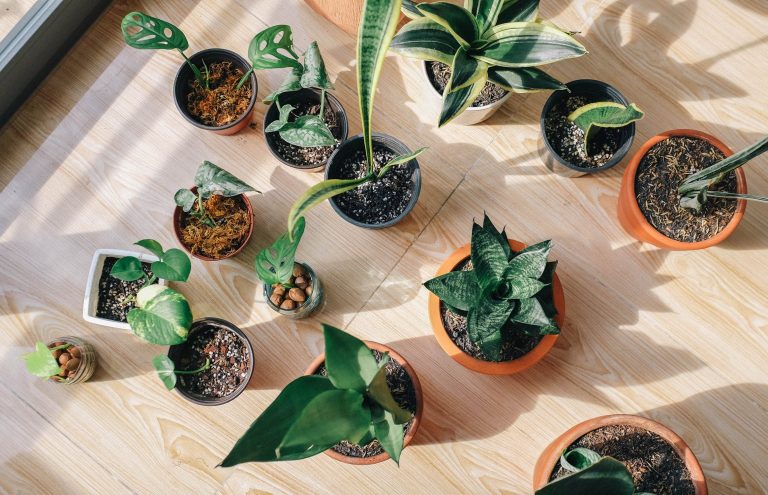How to Grow and Care for Inch Plants?
About Inch Plants
Inch plants (Tradescantia zebrina) are perennial herbaceous succulent plants with fleshy stems and leaves. The name “inch plants” refers to a group of trailing succulent plants descended from the Commelinaceae family, which includes spiderworts and wandering Jews. Inch plants are also known as wandering Jew or inch plants, and they can be found growing in tropical areas of Mexico, Guatemala, and Belize.
Inch plants are popular houseplants because they are hardy, very easy to grow, and require little maintenance. They were introduced in Europe during the 19th century, where they were first used as an ornamental plant because of their beautiful foliage. Since then, inch plants have become popular garden plants around the world.
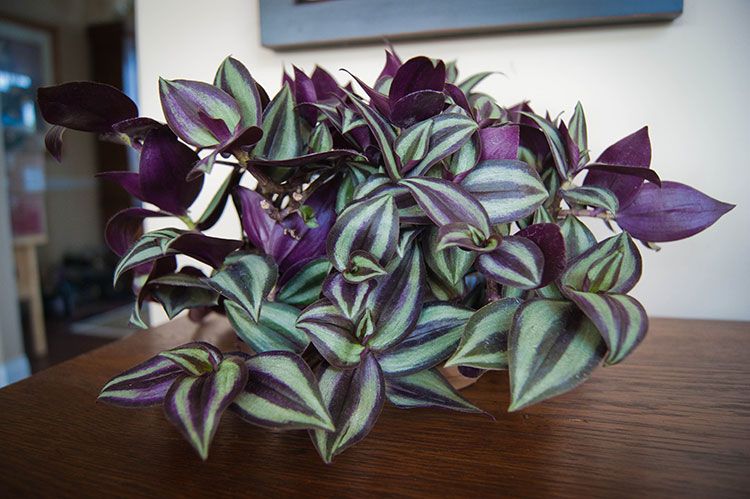
The trailing stems of inch plants can grow from 2 to 10 inches long. The leaves of this plant come in a variety of colors, including blue-green with silvery stripes on top and purple underneath, green with silver stripes on top, deep purple underneath, and green with pink edges. Their leaves are approximately 1 inch long and 1/4 inch wide and grow alternately along the stem.
Inch Plants Benefits
The benefits of taking care inch plants are:
- Reduces stress and anxiety
- Improves focus
- Increases creativity and productivity
- Improves mood and sleep quality
- Helps in treating depression, ADHD, and PTSD
- Boosts memory and cognition
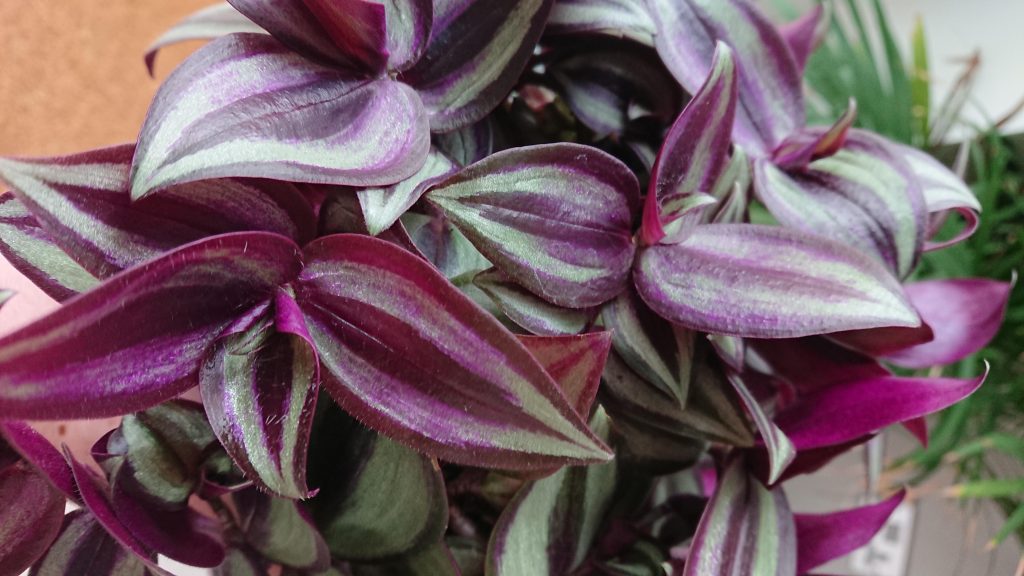
Growing Inch Plants
Growing inch plants that are healthy, strong, and beautiful is a goal of every avid gardener. With the right knowledge and the use of the best plant care tips, you can grow a successful garden that will be the envy of your friends and neighbors.
Plants come in many different shapes and sizes. Some of them thrive in direct sunlight while others like to live in the shade. There are even plants that are perfect for indoor or outdoor use.
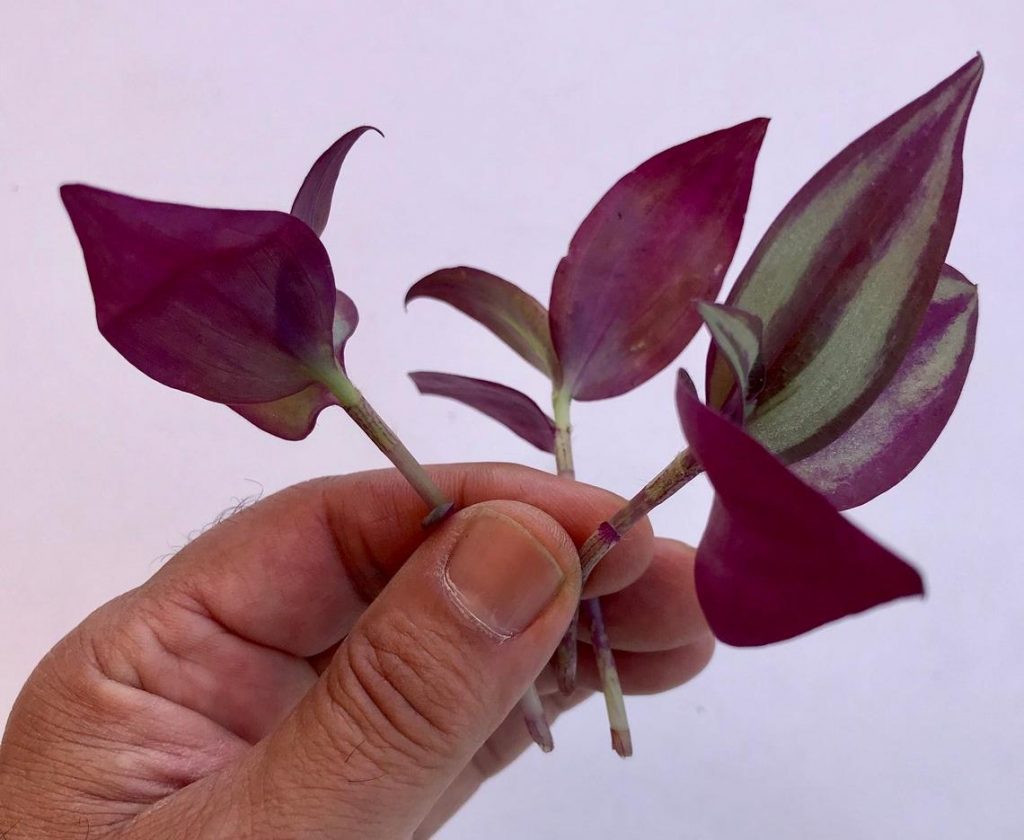
One of the most important things to remember about growing inch plants is that they need plenty of water. You should water them whenever they look dry and try not to let them go too long without being watered.
The second thing you want to do is fertilize your inch plant regularly with a balanced fertilizer such as 10-10-10 or any other type of fertilizer that will help it grow well. This is especially true if you live in an area where there isn’t much rain throughout the year.
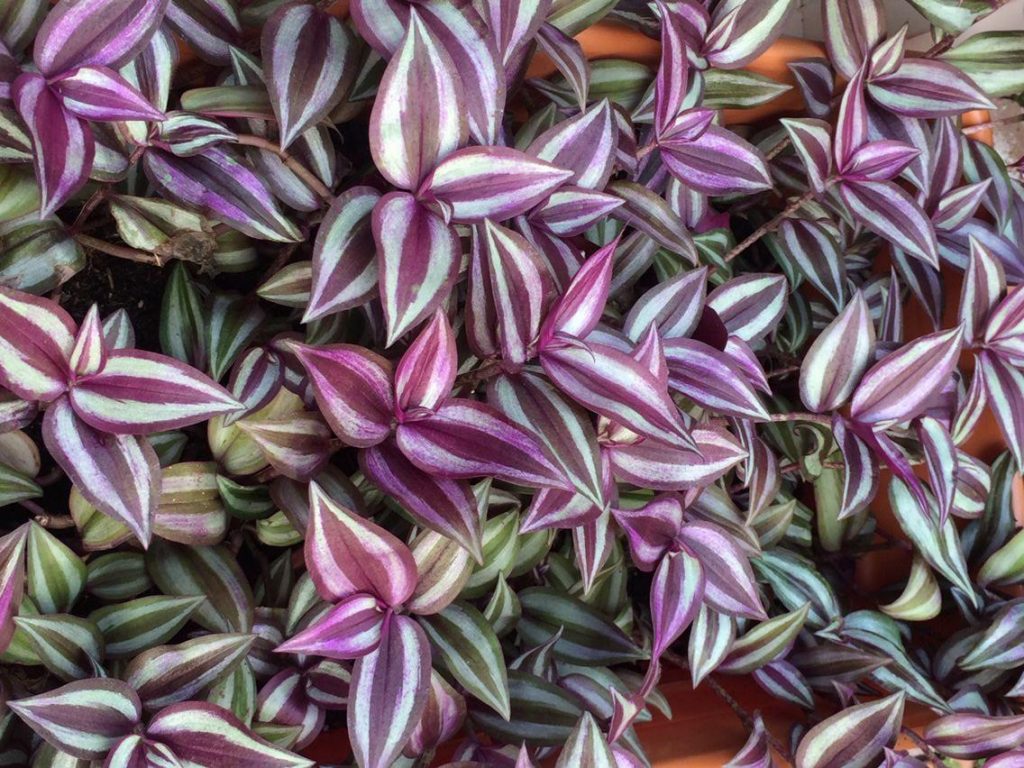
When you grow these types of plants indoors, you have to make sure that they have enough light each day so they can continue to grow properly. You also need to make sure that they get enough nutrients from the soil as well because there’s no way for them to get it if they aren’t getting enough light
Inch Plants Propagation
The most common method of propagating Tradescantia zebrina is by its trailing stems.
Fill a clean pot with seed compost and water it thoroughly with a liquid seaweed solution. Tip out any excess water after 10 minutes.
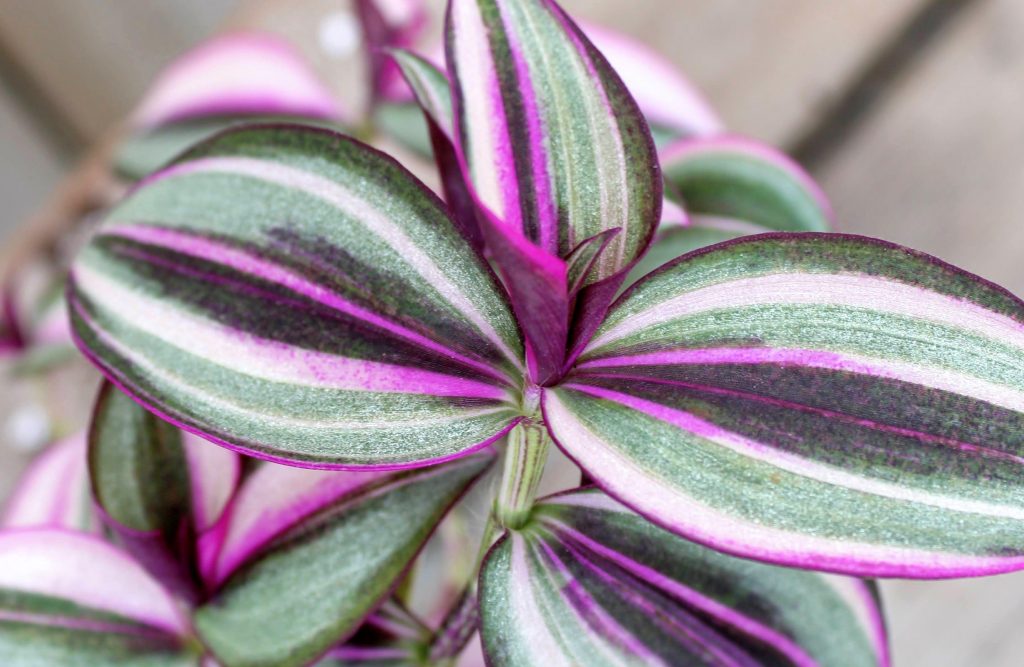
Cut the stem of the Tradescantia zebrina just below the surface of the soil using a sharp, clean knife or pair of scissors. Ensure that you make a clean cut and where possible avoid damaging the root system.
Remove any leaves from the lower half of the cuttings to encourage rooting. Dip the end into a rooting hormone powder to stimulate root production and place in moist compost in another pot. Water well and cover with a plastic bag or propagator lid to help keep moisture levels high until rooting has taken place.
Caring for Inch Plants
Inch plant is easy to grow and maintain as perennial indoor plant in any region of the world. It does not require much care and can also be grown outside in pots or as a ground cover. The only thing it needs is bright light and moderate watering. Here are some of the tips on how to take care of an inch plant:
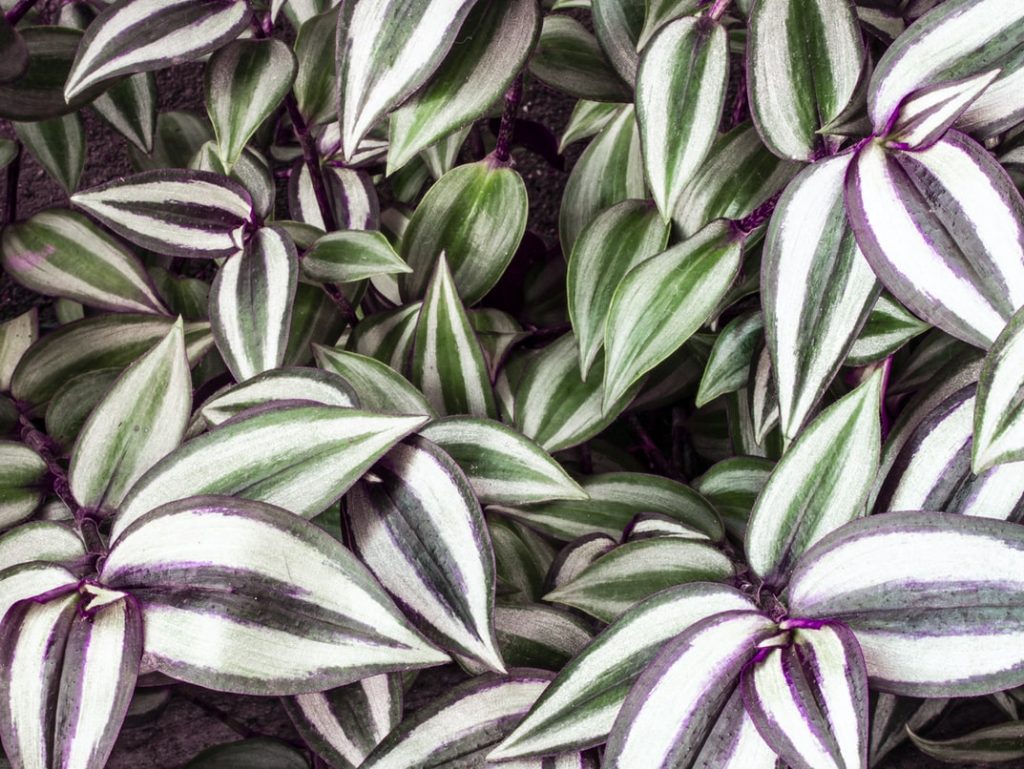
Inch Plant Care Guide
Light: Inch plants require bright indirect light and will tolerate low light. Direct sunlight will scorch their leaves.
Water: Keep the soil moist but not wet. Water whenever the top inch of soil feels dry. Misting the leaves can help prevent spider mites and other pests from infesting your plant.
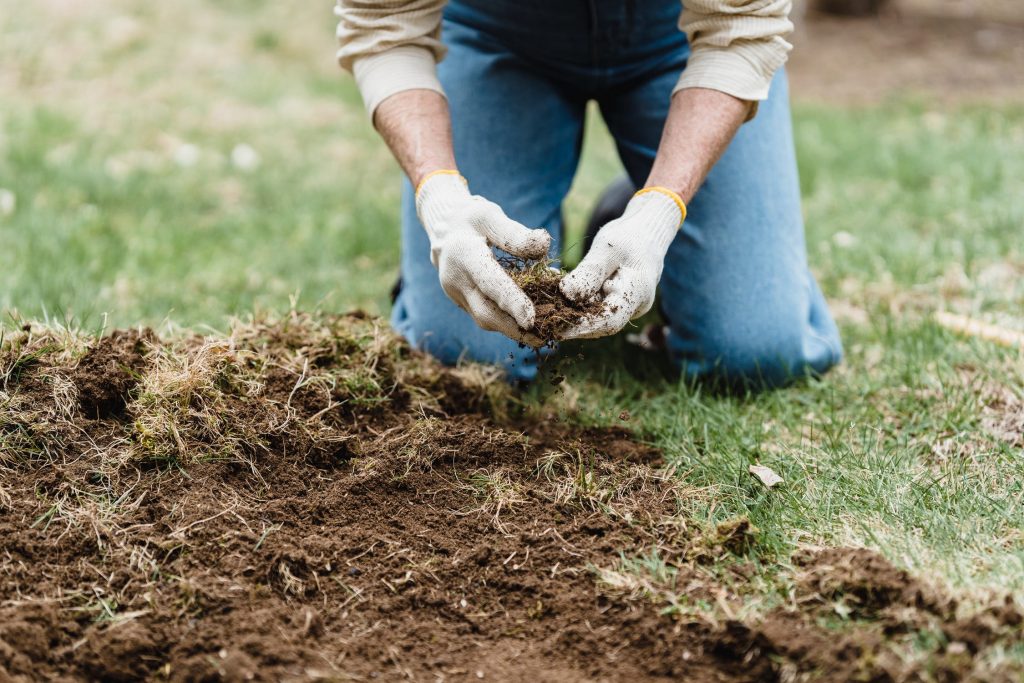
Temperature: Inch plants prefer temperatures between 65°F – 75°F (18°C – 24°C). Avoid drafts or sudden changes in temperature which could cause leaf loss.
Humidity: Average room (40-50% relative humidity) or higher
Soil: Well-draining cactus mix
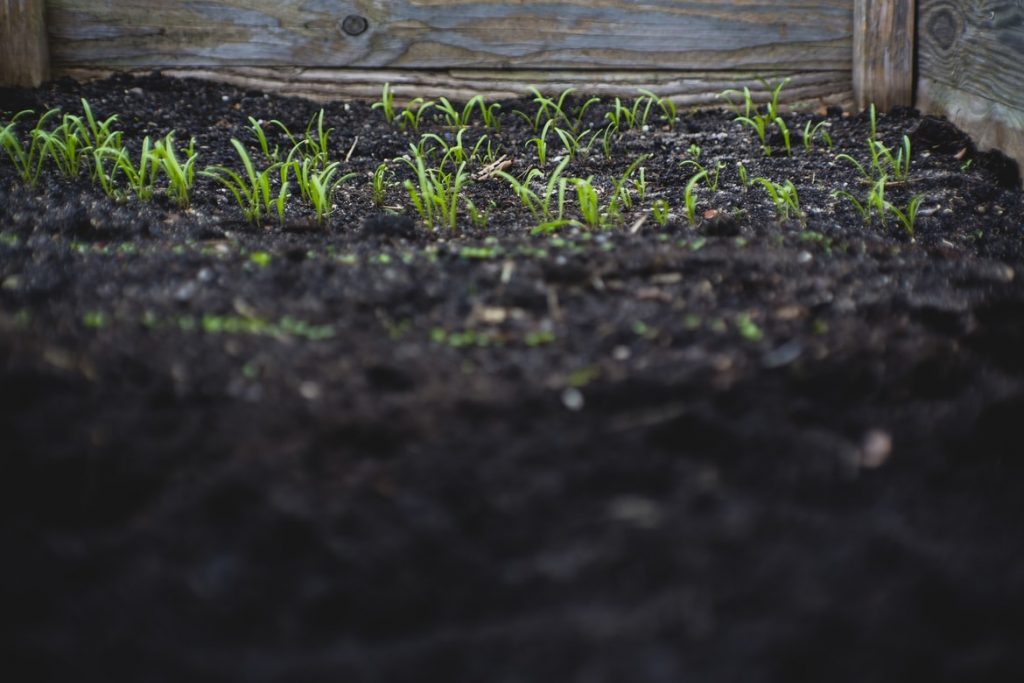
Fertilizer: Balanced liquid fertilizer monthly in spring/summer
Repotting: The repotting process is one such thing that should be done every year during the spring season when the new growth starts appearing on the plant. When you repot your inch plants
Pest and disease control
While Inch Plants are very easy to care for and make great houseplants, you should be aware of some issues you may encounter with them.
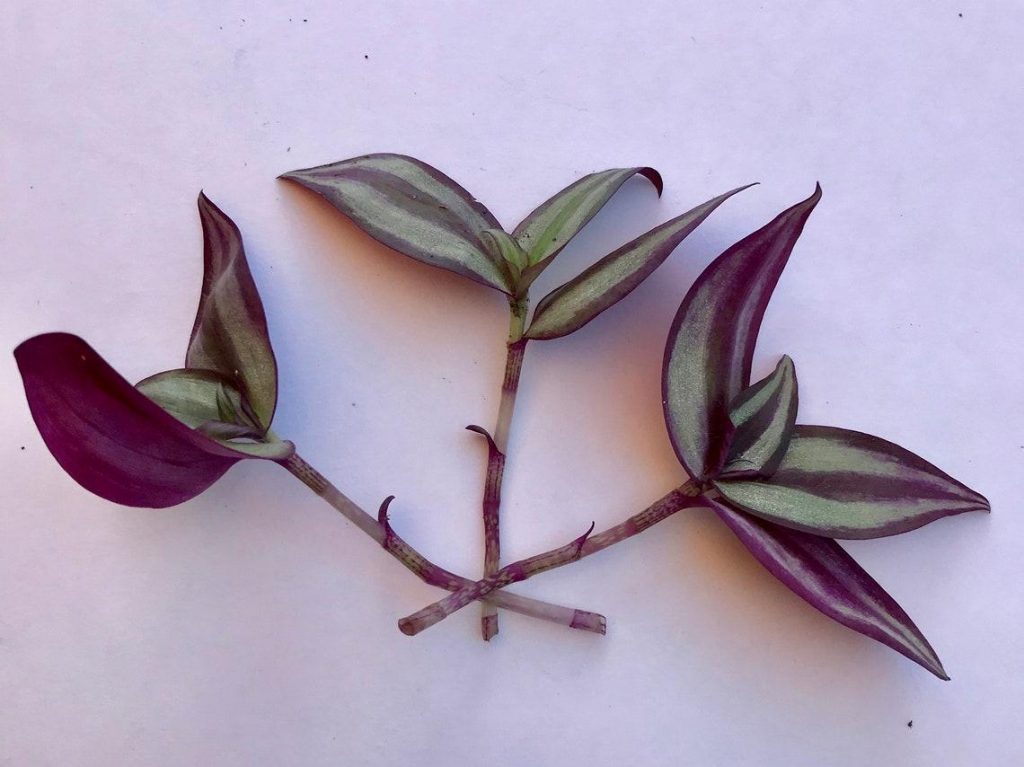
The most common problem of inch plants during the winter is root rot. While the leaves store water, they do not store enough to keep the roots from rotting if you are over-water. So, keep an eye on its water consumption
Inch Plants are also prone to scale insects, mealybugs, and spider mites, which can all be controlled with a mild soap solution.
Aphids may also infest the plant. Check the soil surface to see if any pests are hiding there. If so, repot your plant into a fresh potting mix.
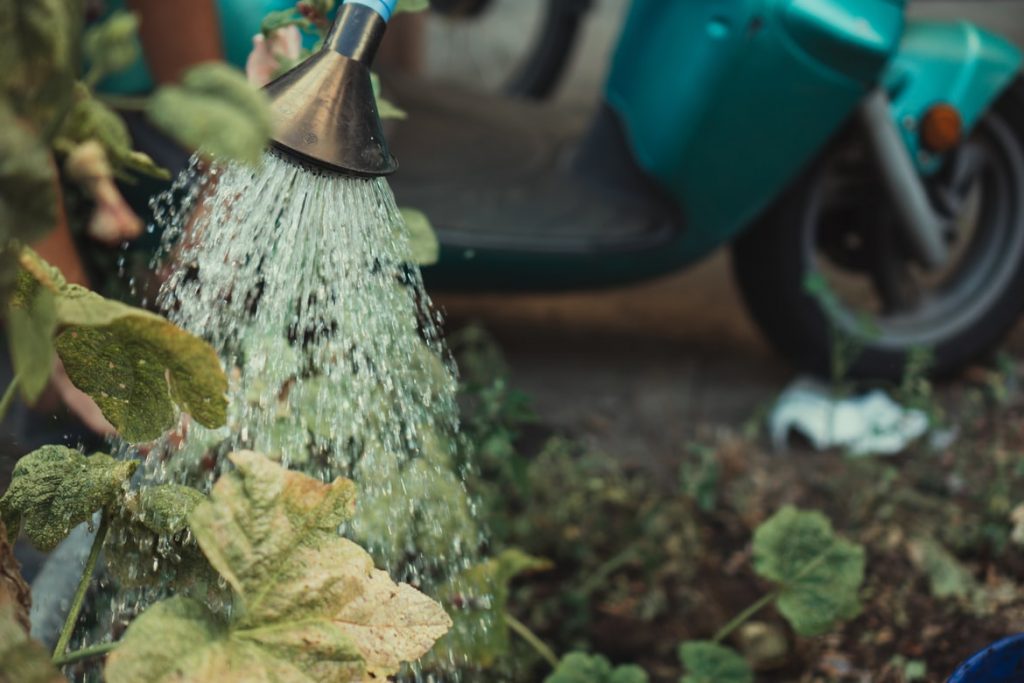
The best way to control spider mites is to spray them with insecticidal soap or neem oil. Keep in mind that these won’t kill the eggs, so you will need to spray the plant again in a couple of weeks.
Scale insects are more difficult to control, especially if they have formed hard shells over themselves (this happens when they mature). These can be scraped off with a sharp knife or removed with an alcohol-soaked cotton swab.
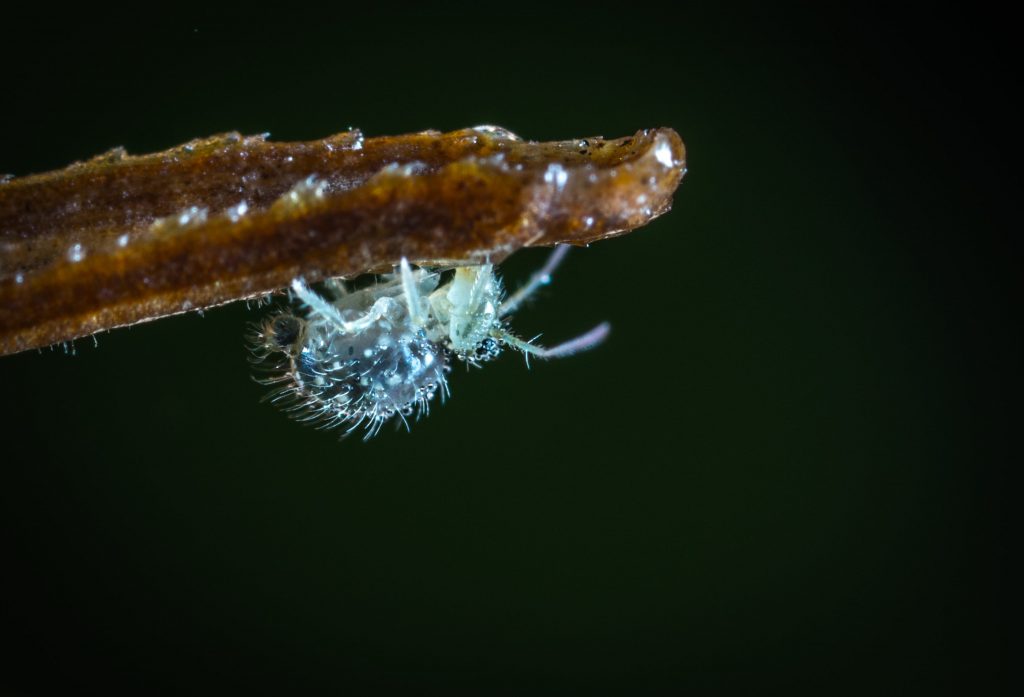
Powdery mildew is another problem that can plague inch plants. This disease is caused by a fungus that can quickly destroy inch plant leaves. The best way to prevent powdery mildew on inch plants is to never get their leaves wet. Inch plants grown indoors should have humidity between 40 and 60 percent.

